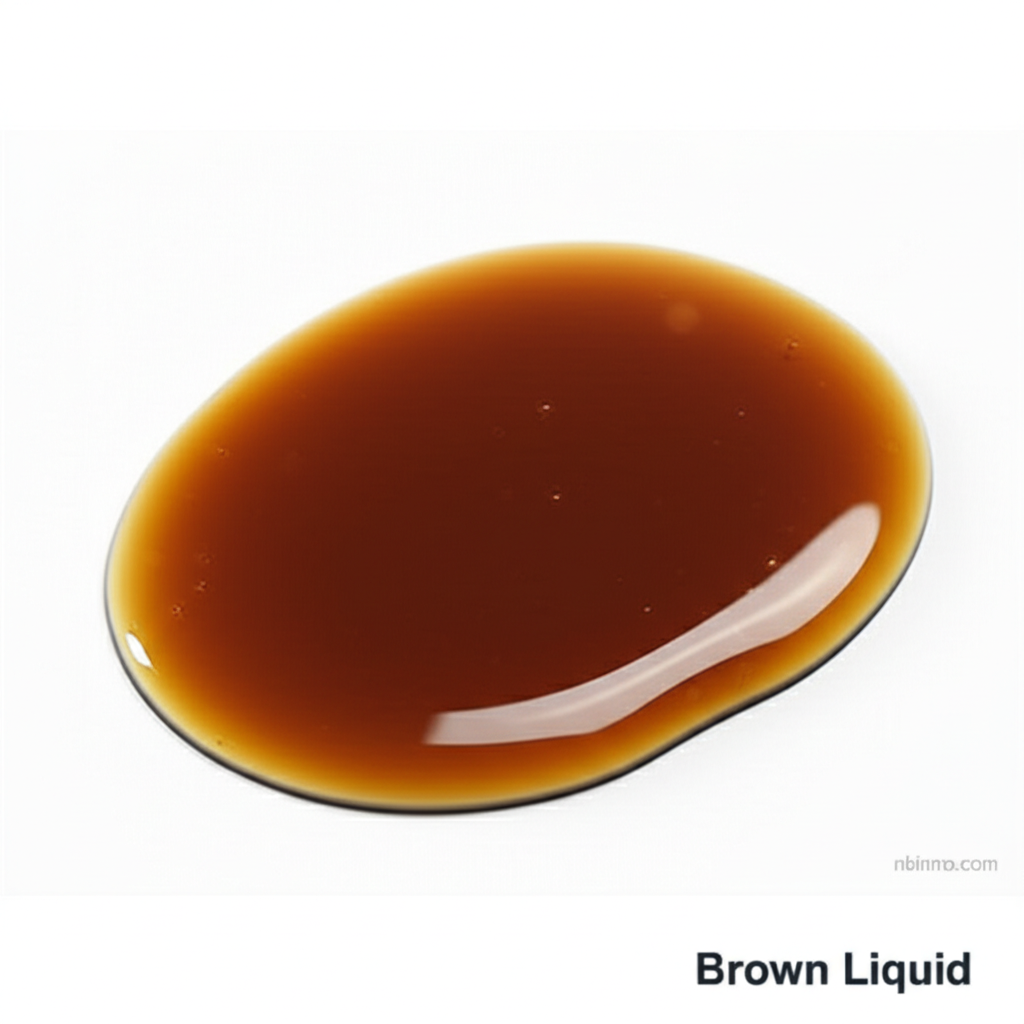Linear Alkyl Benzene Sulfonic Acid (LABSA): Properties, Applications, and Industrial Significance
Discover the essential role of LABSA in modern cleaning solutions and industrial processes. An indispensable anionic surfactant.
Get a Quote & SampleProduct Core Value

Linear Alkyl Benzene Sulfonic Acid
Linear Alkyl Benzene Sulfonic Acid (LABSA) is a highly versatile anionic surfactant, serving as a cornerstone in the formulation of numerous cleaning products and industrial applications. Its exceptional detergency, moistening, emulsifying, and foaming properties make it indispensable.
- Leveraging the linear alkyl benzene sulfonic acid uses for effective household cleaning solutions. The inherent cleaning power of LABSA makes it a primary component in laundry detergents, dishwashing liquids, and general household cleaners, ensuring efficient removal of dirt and grime.
- Understanding the LABSA detergent raw material benefits for industrial applications. Its robust performance characteristics are vital for creating high-quality industrial cleaners designed for degreasing and stain removal in demanding environments.
- Exploring the benefits of LABSA in cleaning formulations. The surfactant's ability to reduce surface tension and emulsify oils and greases is key to its effectiveness, allowing for superior cleaning action.
- Examining the industrial applications of alkylbenzene sulfonates beyond detergents. LABSA also functions effectively as a coupling agent and emulsifier in diverse sectors like agriculture for herbicides and in emulsion polymerization processes.
Key Advantages Offered by LABSA
Cost-Effectiveness and Efficiency
As a LABSA detergent raw material, it offers an excellent balance of performance and cost, making it a preferred choice for large-scale production of cleaning agents.
Environmental Friendliness
LABSA is recognized for its biodegradability, representing a more sustainable option compared to older surfactant technologies, contributing to reduced environmental impact.
Formulation Versatility
Its compatibility with other surfactants and its ability to form stable powders or liquids provide significant flexibility in product formulation across various cleaning product types.
Key Applications
Detergent Manufacturing
A primary ingredient in laundry detergents, dishwashing liquids, and powders, showcasing its excellent detergency.
Industrial Cleaning
Used in heavy-duty cleaners for degreasing and removing tough stains in industrial settings.
Textile Industry
Serves as a wetting and dyeing assistant, improving processes within the textile sector.
Agricultural Sector
Functions as an emulsifier in agricultural formulations like herbicides, enhancing their efficacy.
